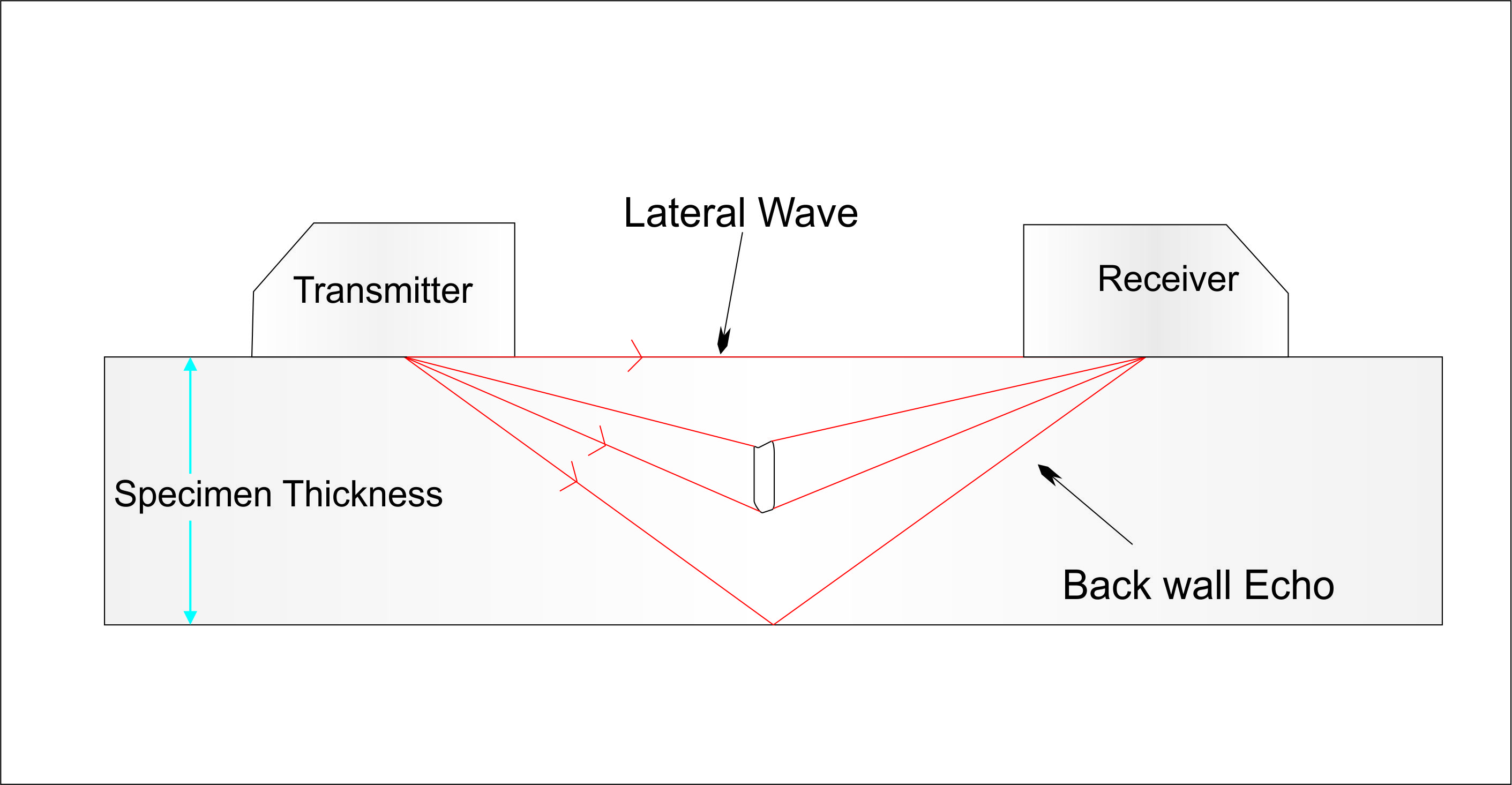Know More About Us Advance NDT and Engineering
The ability to acquire information to support the continued Fitness for Service (FFS) of an asset without taking it out of service can provide enormous direct and indirect savings to industry. By not interfering with production the operator can continue to attract is normal revenue stream whilst the inspection is undertaken which attracts a direct saving. The knowledge taken from the in- service inspection can be used to inform the planning or a forthcoming shutdown which indirectly saves money. FTI is able to deliver a diverse portfolio of Non-Destructive Testing (NDT) technologies that can be applied to collect data on-stream to include storage tanks, piping, pipeline, pressure. vessels and other assets.
Some of the technologies used for online NDT, to detect in-service defects can also be used to support the build quality of new fabrications. Here NDT tools such as Phased Array and/or TOFD can be deployed to demonstrate the quality control, in a direct replacement of the more traditional radiographic methods, whilst still meeting code and requirements as set out in ASME B31.1, ASME B31.3 and other Global Standards.
Through FTI you can be assured that the most pertinent and cost-effective NDT solution is matched to your application. Added value can be delivered by the Advanced Engineering Analysis of the data acquired to include FFS, Remaining Life Assessment (RLA), RBI and beyond.
Software applications such as the auditable Integri-Tech™ from iDEAS Engineering, can be applied. Integri-Tech™ is an ideal predictive maintenance & monitoring technology that will quantify your current and future Plant Integrity, answering at any time the crucial questions,
‘Is your Plant Safe and for how long? – How do you know? What is the rate of deterioration and how/where will it fail?
Integri-Tech™’s methods quantify the Integrity of the Critical Plant unlike techniques such as RBI. On New or Ageing Plant, Integri-Tech™ can be used for periodic or permanent monitoring of critical systems where accurate and continual assessment of current and future plant integrity is vital to meet the ever increasing demands of the Pressure Systems, HSE, COMAH or other Regulators.
Pipeline Integrity for lines that you do not want or cannot use ILI Pigging for can be achieved using methodologies such as Internal Corrosion Direct Assessment (ICDA) and External Corrosion Direct Assessment (ECDA) which are fully supported by NACE derived Standards. Here data can be collected and analyzed to underpin the assessment of the line again in-service without interfering with production.
